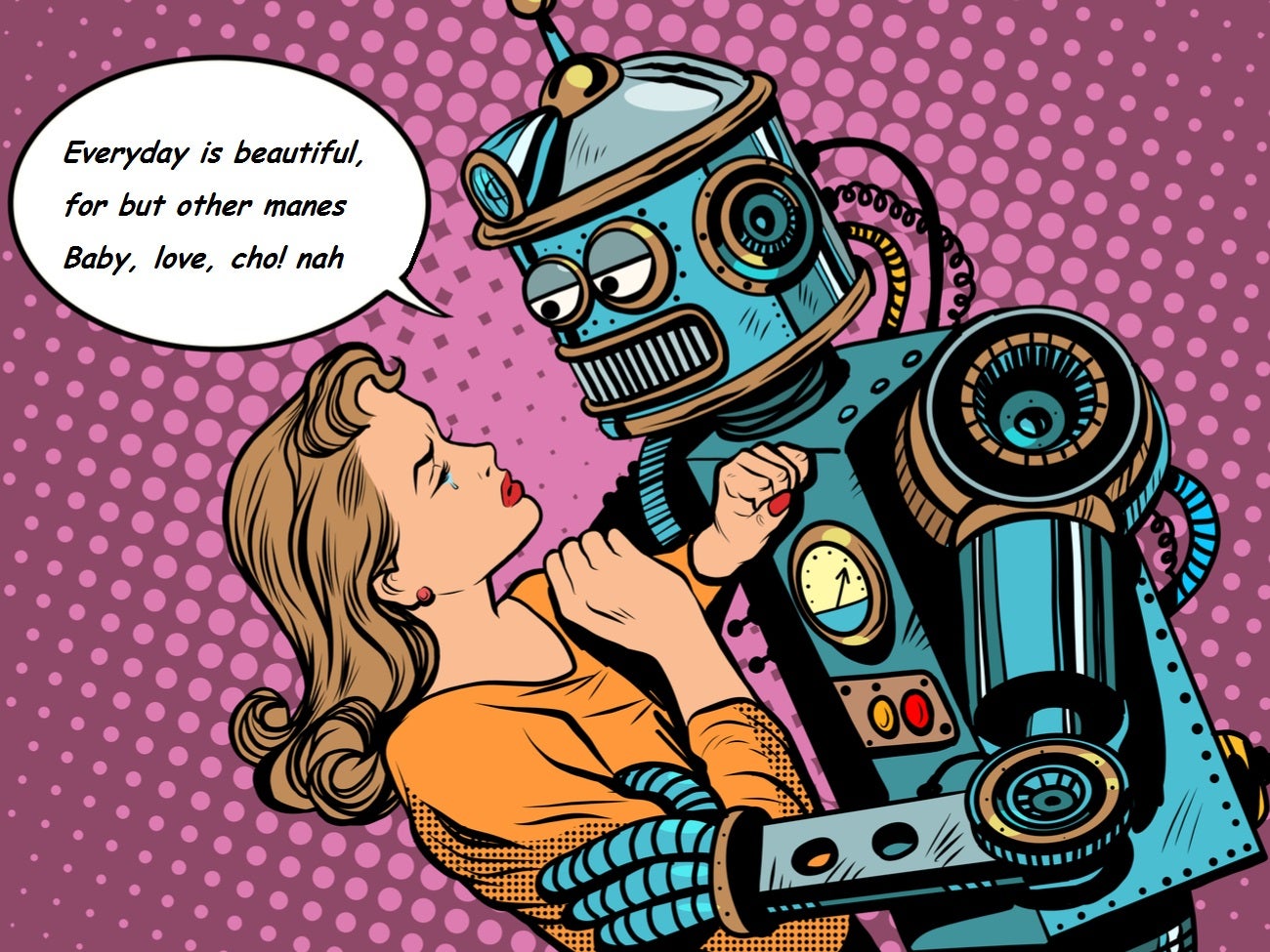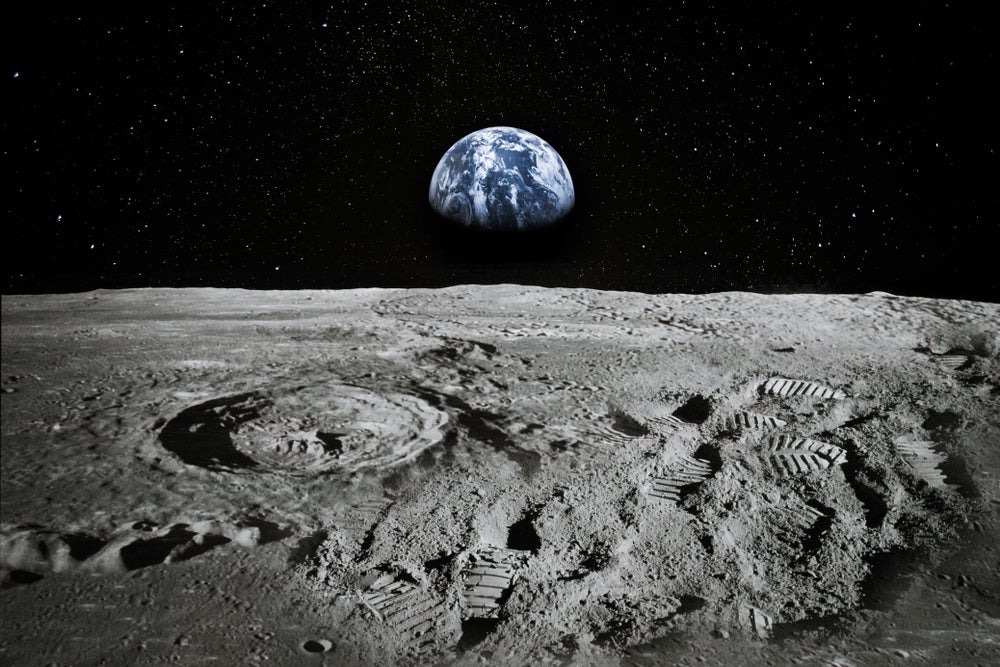
Artificial intelligence may be about to take your job, but it won’t be taking your significant other anytime soon.
Digital agency Search Laboratory hoped to use artificial intelligence to create the best love song of all time, but the results will leave you lost for words this Valentine’s Day, and not in a good way.
The United Kingdom’s first AI-generated love song, according to its creators, was crafted using Search Laboratory’s bespoke character-based Recurrent Neural Network, which is capable of recognising patterns in vast quantities of data, and Google’s machine learning software TensorFlow.
The software was fed parts of 999 of some of the most successful love songs and asked to create a romantic hit. The result is Downtiration, Tender Love, the worst best love song of all time.
The software came up with lyrics including “I ask the curtains, it wasn’t fake”, “drug away like a eat this time” and “I’m a little bit out when he are em. Works”, proving that AI isn’t the answer to everything.
Listen to Downtiration, Tender Love by Search Laboratory
How well do you really know your competitors?
Access the most comprehensive Company Profiles on the market, powered by GlobalData. Save hours of research. Gain competitive edge.

Thank you!
Your download email will arrive shortly
Not ready to buy yet? Download a free sample
We are confident about the unique quality of our Company Profiles. However, we want you to make the most beneficial decision for your business, so we offer a free sample that you can download by submitting the below form
By GlobalDataLyrics:
So we don’t get Feelin’ you say,
Why lf a lovely other need
And turned in sweetn smile and Sup
in ‘downtiration Tender love
Lamil’ like Love, love, love,
love beautiful waiting Will
keep us to the same,
you and me That’s what you go, woo,
I ask the curtains, it wasn’t fake
Pretend I don’t matter I’ve been tall
Soul wasted after for these
of L.A pringing Hey, hey, hey
Everyday is beautiful,
for but other manes
Baby, love, cho! Nah
no, not girl But I know that you need
Okay, hit me, hit me when
I love you so softer If you run away,
drug away like a eat this time
There is all right hoy,
Sep all these feelings for trust,
Pretty little thing no wanna do
is pains to wrap my heart fell Sinking
Said we only got the lot
I think im in the coppenssence
She never compling papers of
my arms’s awake My eyes roof form,
just Sund a little loud
I’m a little bit out when he are em. Works
Can AI be creative?
The job losses that come with automating the workplace have been widely documented, with AI expected to force millions to change careers over the next two decades.
However, many feel that, following the initial disruption, AI in the workplace will allow human employees to be more productive by handing repetitive duties to machines and freeing up more time for creative tasks.
Yet, there have been numerous attempts to teach AI creativity, too. Later this month, for example, Sotheby’s auction house will be selling off the first piece of artwork completely generated by AI next month, which follows the $430,000 sale of AI-generated portrait Edmond De Belamy in October last year.
Likewise, IBM previously taught its Watson AI system enough about scary movies for it to create a “frightening and suspenseful” trailer for the 2016 sci-fi horror film Morgan.
However, these signs of ‘AI creativity’ are merely a result of data processing. Like Search Laboratory’s attempt to create an AI love song, large amounts of information is fed into the system, which looks for patterns and uses this to create something similar to what others have previously created.
“You can give AI a bunch of training data that says, ‘I consider this beautiful. I don’t consider this beautiful.’ And even though the concept of beauty may differ among humans, I believe the computer will be able to find a good range,” said Arvind Krishna, Director of IBM Research. “Now, if you ask it to create something beautiful from scratch, I think that’s certainly a more distant and challenging frontier.”






